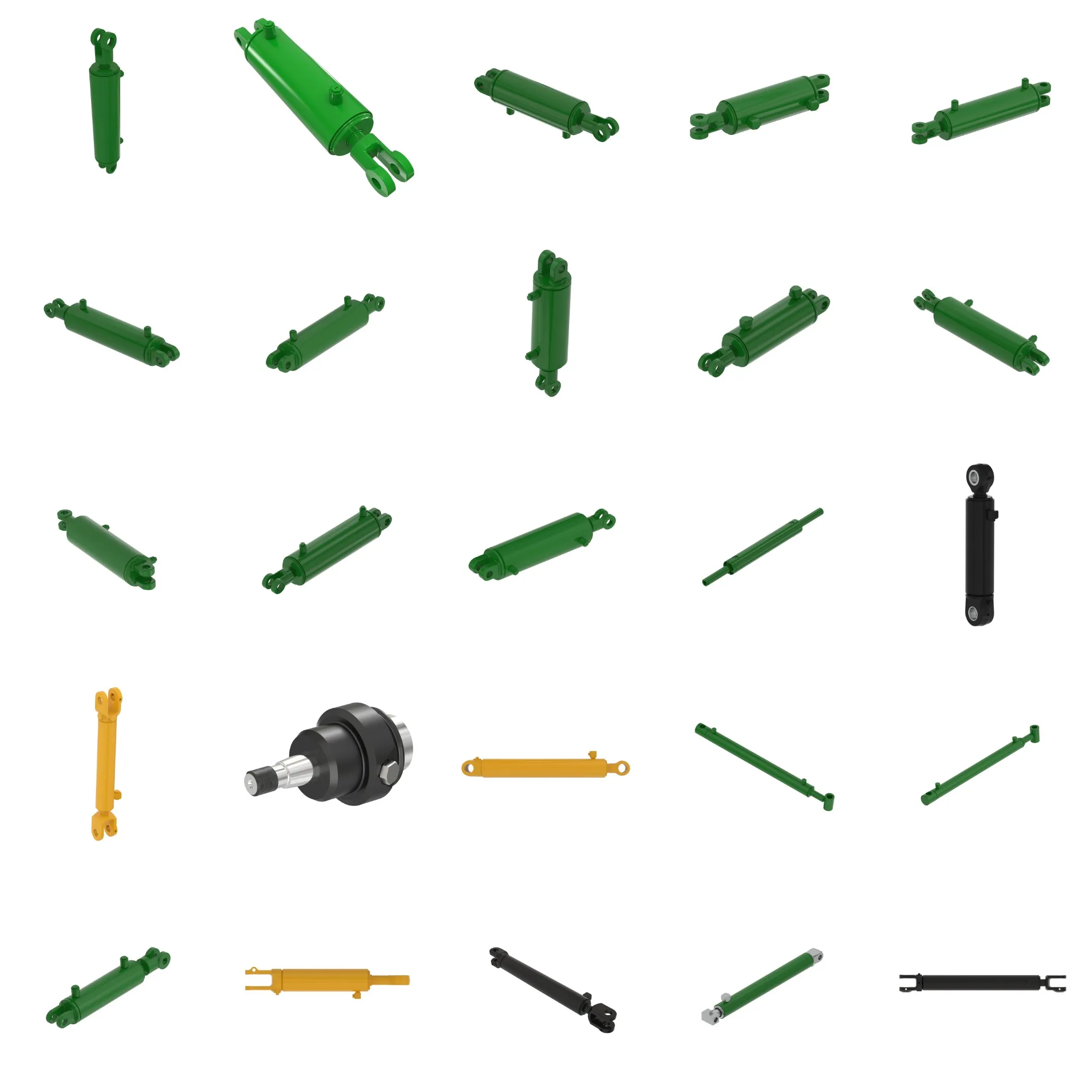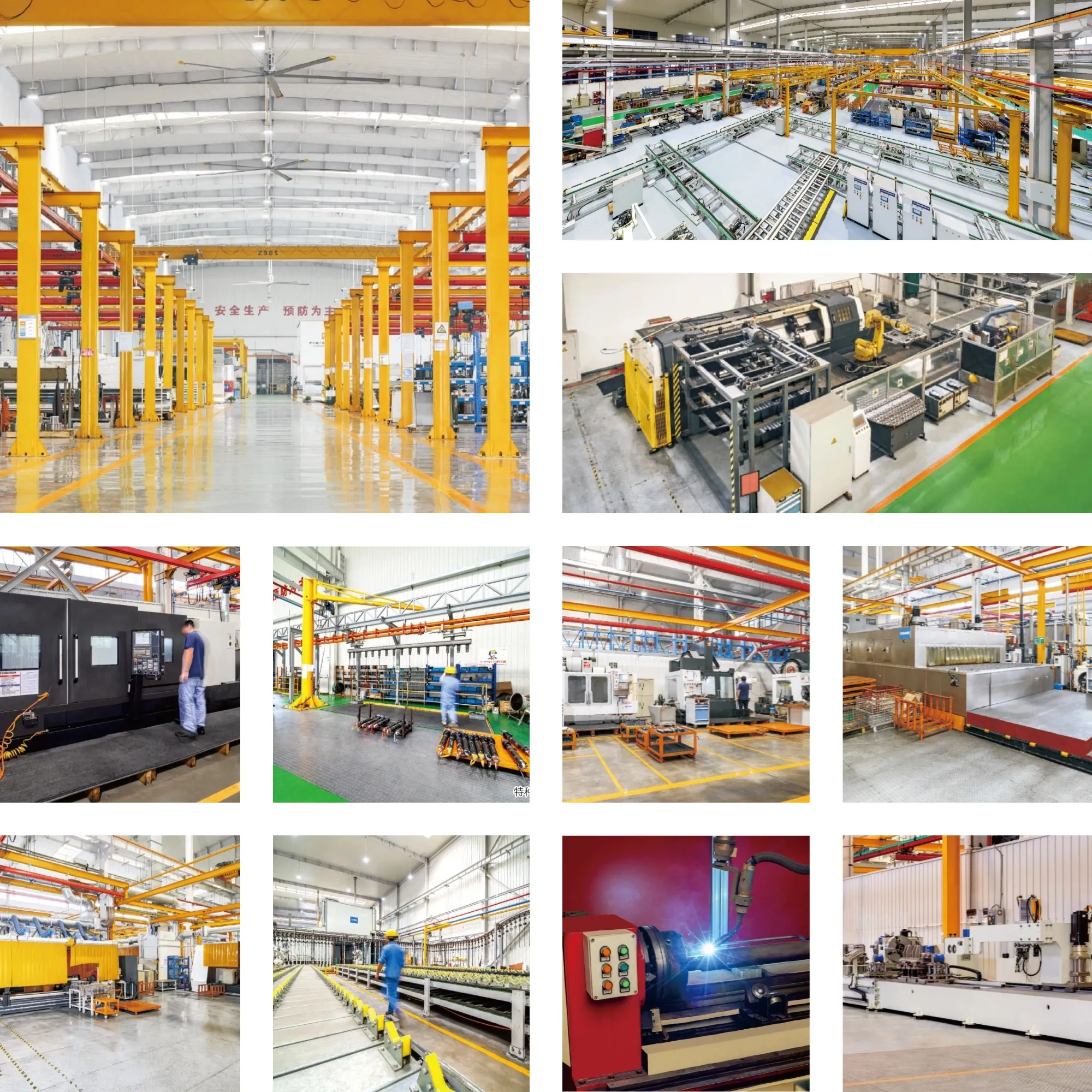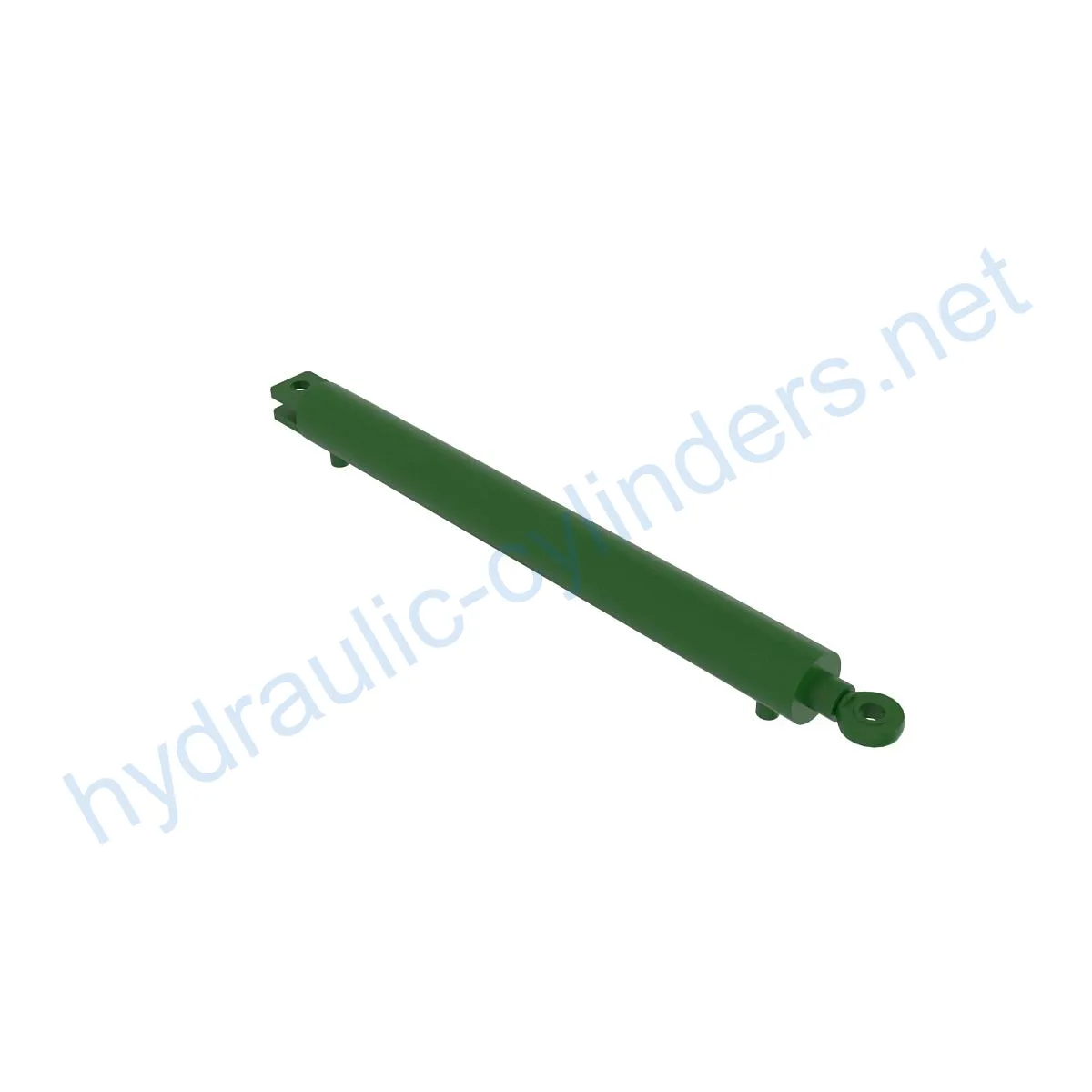Replacement Of AHC18353 Hydraulic Cylinder
Kot eden od proizvajalcev, dobaviteljev in izvoznikov hidravličnih cilindrov ponujamo hidravlične cilindre in številne druge izdelke.
Za podrobnosti se obrnite na nas.
Pošta:sales@hydraulic-cylinders.net
Proizvajalec, dobavitelj in izvoznik hidravličnih cilindrov.
Replacement Of AHC18353 Hydraulic Cylinder
First, let’s introduce the product and define what this hydraulic cylinder is and its purpose. The Replacement Of AHC18353 Hydraulic Cylinder is a crucial component in various machinery and equipment. It is responsible for converting fluid power into linear mechanical force, enabling the movement and operation of different parts in applications such as excavators, cranes, tractors, harvesters, automated production lines, die casting machines, mining equipment, and bulldozers.
Specifications and Model
- Weight: 42.77 lb
- Height: 3.346 in
- Width: 3.543 in
- Length: 37.402 in
- Model: 40I 50I
Features
- Improved Equipment Performance: Replacing a damaged or worn hydraulic cylinder can restore the normal operational capability of the equipment, ensuring its performance in various applications.
- Enhanced Safety: Regularly replacing hydraulic cylinders reduces safety hazards caused by cylinder failures, ensuring the safety of operators and equipment.
- Overload Protection: New cylinder designs often incorporate better overload protection mechanisms, improving safety.
- Quick Installation: Modern hydraulic cylinders are designed for easy installation and replacement, minimizing downtime.
- Standardized Components: Many hydraulic cylinders are standardized products, making it easy to obtain replacement parts in the market.
We can produce this hydraulic cylinder and offer a perfect replacement for the mentioned models. Our products are designed and manufactured to meet the highest standards, ensuring reliability, durability, and compatibility.
Applications
- Excavators: Hydraulic cylinders in excavator arms or buckets may get damaged due to long-term use or overload, requiring replacements to restore normal operation.
- Cranes: Hydraulic cylinders in crane boom arms are prone to wear during frequent lifting and lowering processes, necessitating regular replacement to ensure safety.
- Tractors: Front-end loader hydraulic cylinders in tractors may experience leakage or performance decline during continuous lifting and tilting operations, demanding replacements.
- Harvesters: Hydraulic systems in harvesters endure high pressure during harvesting, and cylinders may fatigue and require prompt replacement to maintain work efficiency.
- Automated Production Lines: Hydraulic cylinders are used to control robotic arms and other automated equipment. Cylinder failures can disrupt production efficiency and should be replaced immediately.
These are just a few examples of the wide range of applications where the Replacement Of AHC18353 Hydraulic Cylinder can be used. Each application scenario requires a hydraulic cylinder that meets specific requirements, ensuring optimal performance and longevity.

Maintenance Tasks
- Regular Inspection: Periodic checks ensure the overall condition of the hydraulic cylinder, identifying any signs of wear, leakage, or damage.
- Proper Lubrication: Adequate lubrication reduces friction and extends the lifespan of the hydraulic cylinder. Lubricants should be applied according to manufacturer recommendations.
- Seal Replacement and Calibration Check: Seals play a crucial role in preventing fluid leakage. Regularly replacing worn seals and calibrating the cylinder ensures optimal performance.
During installation, it is important to provide proper alignment guidance for the cylinder. Using appropriate installation brackets to secure the cylinder is recommended. We offer inspection, repair, and replacement services, along with tips to extend the lifespan of your hydraulic cylinder.
Safety Considerations and Environmental Factors
When working with hydraulic cylinders, safety measures are of utmost importance. Proper handling, installation, and maintenance ensure the safe operation of equipment and the well-being of operators. Additionally, considering environmental factors such as temperature, humidity, and exposure to corrosive substances can help maximize the cylinder’s performance and longevity.
Troubleshooting and Common Issues
In the event of hydraulic cylinder malfunctions, it is crucial to diagnose and address the issues promptly. Some common problems include fluid leakage, insufficient force, erratic movement, and abnormal noises. To resolve these issues, the following tips can be helpful:
- Inspect hydraulic lines and connections for leaks or blockages.
- Check hydraulic fluid levels and quality, replenishing or replacing as necessary.
- Examine seals and gaskets for wear or damage, replacing as needed.
- Ensure proper alignment and adjustment of the cylinder components.
Preventive measures, such as regular maintenance and adherence to manufacturer guidelines, can minimize potential problems and prolong the service life of the hydraulic cylinder.

Design Considerations and Selection Criteria
When choosing a hydraulic cylinder, several factors should be taken into account:
- Load-Bearing Capacity: The cylinder should be capable of withstanding the expected loads without failure.
- Sealing: Effective sealing is essential to prevent fluid leakage and maintain pressure during operation. Seals made from durable materials like polyurethane and nitrile rubber are commonly used.
- Durability: The cylinder should be designed to withstand the operating conditions and provide long-lasting performance.
- Safety: Safety features, such as overload protection mechanisms, ensure the cylinder operates within safe limits.
- Maintainability: Easy maintenance and repairability are important factors to consider, allowing for efficient service and minimal downtime.
Sealing and Lubrication
The Replacement Of AHC18353 Hydraulic Cylinder incorporates various sealing components, such as piston seals and rod seals. These seals are made from wear-resistant materials like polyurethane and nitrile rubber. The cylinder body and threaded end surfaces undergo meticulous processing to enhance wear resistance. Regular lubrication with the appropriate hydraulic oil is required to ensure smooth operation and extend the cylinder’s lifespan.
Periodic Inspection and Preventive Maintenance
- Regular Inspection: Periodic checks should be carried out to assess the overall condition of the hydraulic cylinder, including seals, connections, and overall performance.
- Proper Lubrication: Regularly lubricating the cylinder with the recommended hydraulic oil helps reduce friction and wear.
- Seal Replacement and Calibration Check: Worn or damaged seals should be promptly replaced, and the cylinder should be calibrated to maintain optimal performance.
Following correct installation, lubrication, and adjustment procedures is crucial to ensure the longevity and optimal functioning of the Replacement Of AHC18353 Hydraulic Cylinder. We provide detailed installation guidelines to assist you in the proper installation process.

About Our Company
Take a Tour of Our VR Factory:
Take a tour of our VR factory with the following
Hydraulic Cylinder Application:


